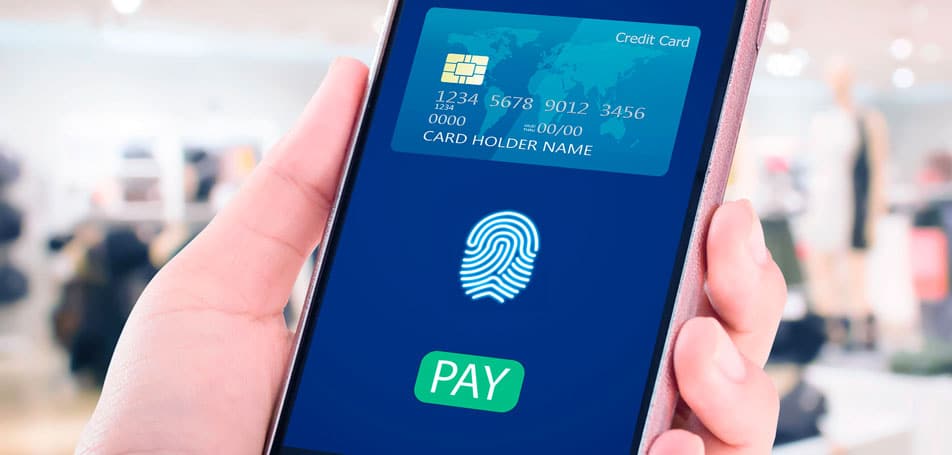
The popularity of eWallets has skyrocketed in the past 3 years, and countless company leaders are confident that this trend will help them improve their online stores. Consumers around the world are becoming more comfortable using these convenient digital payment methods, such as PayPal and Amazon Pay, rather than using a credit card. Some eCommerce experts are even speculating that eWallets will lead to the demise of plastic credit cards altogether.
What Exactly are eWallets?
The general concept of eWallets is pretty straightforward. They function just like regular wallets, allowing users to view their available funds and effortlessly transfer money in seconds. These digital payment systems might actually sound pretty similar to credit cards at first, but they provide users with a number of benefits that cash and credit cards can’t offer. Some major perks include:
- Additional security. If your physical wallet is stolen, you can prevent additional theft if you call your credit card company quickly enough, but any cash you had in your wallet is probably gone for good. However, when using a digital wallet, you have to enter a PIN code just to access your funds.
- Streamlined shopping. The checkout process is often much faster with an eWallet since users don’t have to enter all their credit card information when shopping online.
- Convenience. Setting up a digital payment account is incredibly easy, and users can see transactions occur in real time on their phones instead of waiting days for a bank statement.
eWallets Available Today
There are dozens of eWallets for customers to choose from, and each one has slightly different advantages and disadvantages. Some eWallets cost fees for each transaction, others only work in certain countries, and a few might only be available for a few devices.
However, when it comes to accessibility and global popularity, these eWallets are the current frontrunners in the race towards a cashless society:
- Apple Pay. Over 50% of stores accept Apple Pay, and it’s compatible with most credit cards and banks. The downside is that credit card companies may charge users fees for certain transactions, and it’s only available on iOS devices.
- Google Pay. Although customers might be dubious about sharing all their financial information on their Google account, it’s an incredibly seamless service that over 100 million users have downloaded so far. It’s also available for far more devices than Samsung Pay and Apple Pay.
- Samsung Pay. Samsung Pay is supported by more than 1,000 banks and credit unions, and it works with most card readers. However, it’s only available for those who have specific Samsung devices.
As the trend of digital payment continues, we’ll continue to keep you updated with the latest eCommerce news!
















